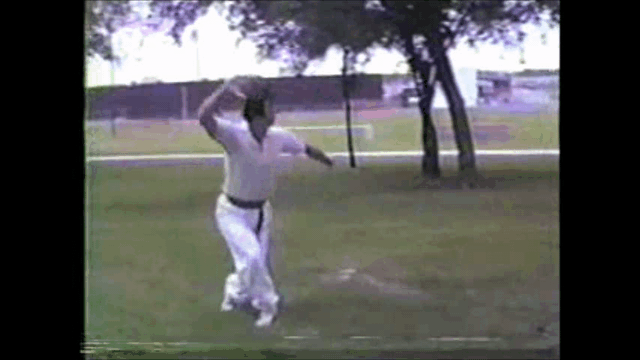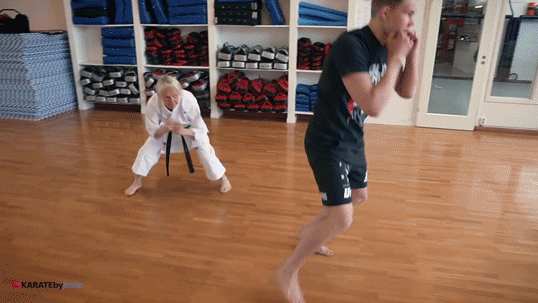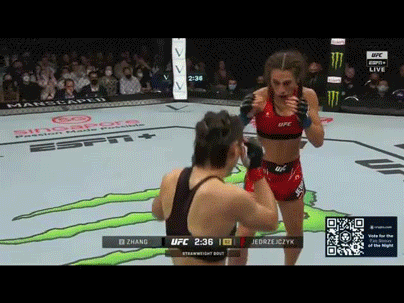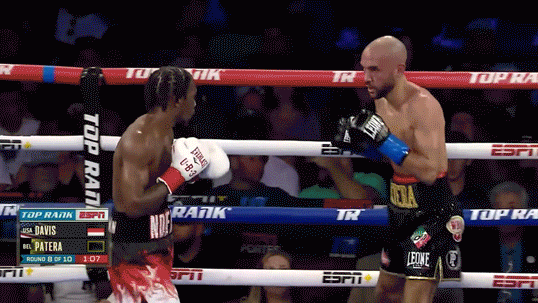Sentence - groin kick, face punch.Disagree, the above form only contains a sentence (combo), "groin kick, face punch."
Grammar - use kick to set up punch.
Maybe the best way to say is a book contains many sentences. Each sentence represented by a grammar. When you read a book (or learn a form), it's more important to learn the grammar than to learn the sentence.
The sentence "side kick, spin back fist" exists in the form. The grammar is still to "use kick to set up punch".

Last edited:



